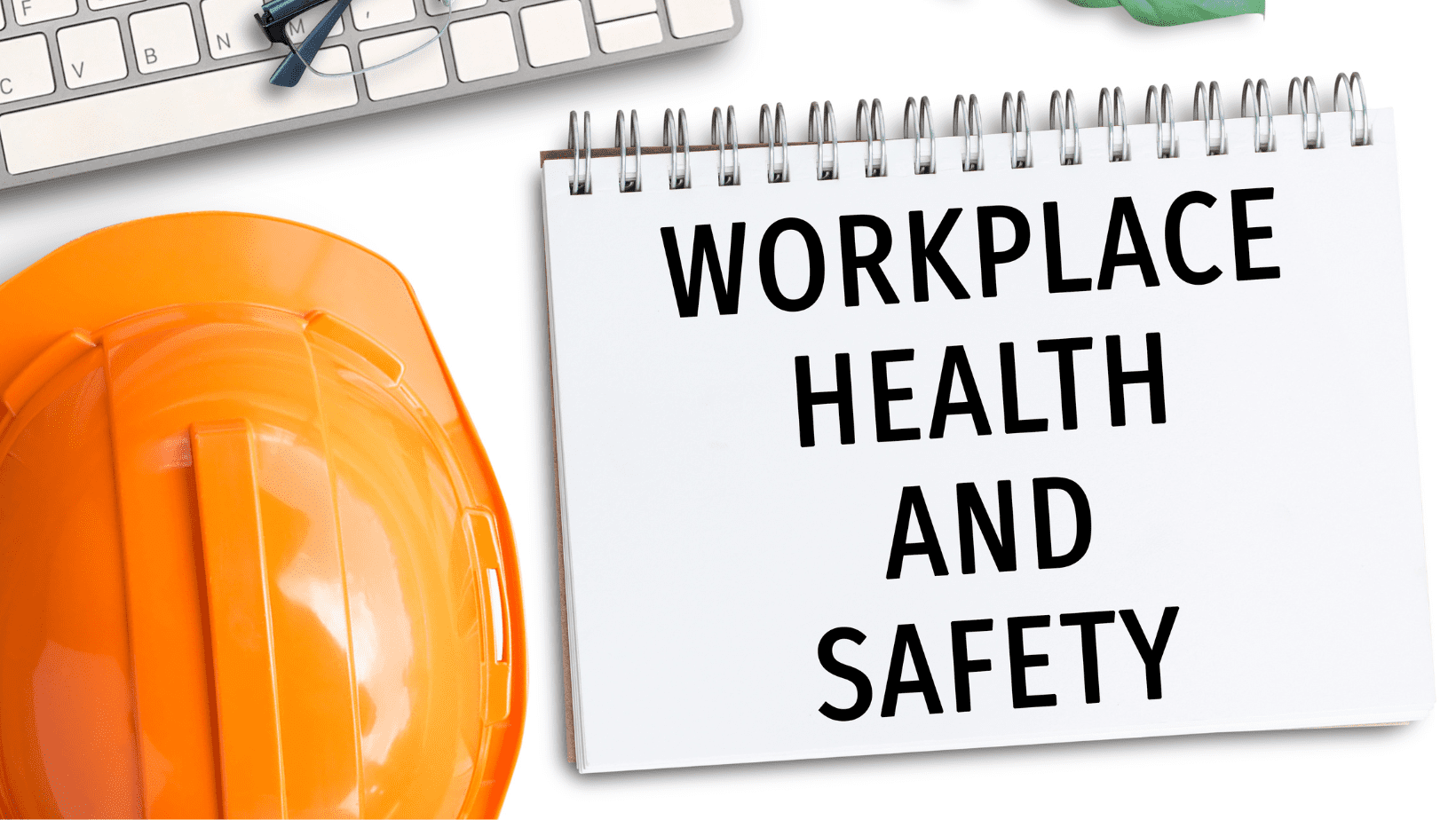Creating a Healthier Work Environment
Employers are accepting the critical importance of updating offices to meet employees’ new expectations for a healthy workplace. From office floors to entire buildings, there are many potential improvements for higher and middle management to consider.
Features of a healthy workspace
Contemporary design goes beyond air quality, lighting, cleanliness and gyms. It also spans physical, mental and social elements.
An office location site is the first criterion. How walkable is the route to the property and surrounding area? What is the access to local amenities, such as a shopping mall or transportation? Does your nearby outdoor space offer views of nature and greenery? Is it in a vulnerable location, prone to flooding or downwind of pollutants? If it is urban, does the neighborhood have buildings that are covered in graffiti, which surely undermines mental health? Management should be open to the prospect of a long-term office move if the surroundings require it.
Design cues are the next element. Imagine you have now arrived and are entering the premises of an organization. If you see a welcoming and attractive staircase, research indicates you are 50% more likely to use it than to take the elevator (which you might otherwise do if a steel door had blocked the stairs). Better still, if a posted sign reminds you that stairclimbing is good for you, you are more likely to mount them. In other words, communication and signage can strongly reinforce a design message. Unattractive stairwells serve for emergencies. Consider opening them up and adding appealing murals to make them more inviting.
Assess the quality of social, ergonomic and comfort levels, and not just environmental standards. For example, provide standing desks so reception staff can choose to stand or sit, allowing more active working conditions. Offer free fresh fruit at the reception desk, free for all occupants and visitors. Place convenient water bottle refilling stations. Ample bicycle storage and shower facilities encourage more active commuting. These small innovations demonstrate commitment to both health and sustainability.
Building operating policy is another criterion. Strategies range from pest control to optimizing noise, light and humidity. Follow strict criteria for how often bathrooms are cleaned, using with well-established hygiene protocols
Ventilation may work counter to energy use
In the wake of the pandemic, fresh air is at the center of all these strategies. No one would argue against the health benefits of good ventilation as a measure of virus containment. Equally, one cannot ignore an ironic paradox: The best energy rating — which theoretically means no lights or air conditioning — may not be the healthiest place for a building’s occupants.
You may need to balance energy versus wellness: If you want to increase fresh air, it may work against your energy consumption. If carbon dioxide rises over 1,000, employees tend to tire and lose concentration.
A sustainability dilemma emerged with the advent of the pandemic. Air handling units need to be powered up, which costs money and takes energy. In fact, after COVID-19 struck, there was even talk that buildings should perhaps ventilate 24/7 rather than in just their core business areas. It may be more expensive, but it can do wonders for physical and mental well-being.
Steps to take
You can get the best out of employees by making the office space more welcoming. Some lower-cost ideas for upgrading include:
- Providing areas with comfortable seating for breaks.
- Ensuring excellent air quality with filtration and smart controls.
- Enforcing an effective smoking policy.
- Optimizing temperature and lighting.
- Offering free healthy foods.
- Supplying ergonomic equipment — computer screens, furniture, keyboards, etc.
- Furnishing the office with plants and greenery.
- Installing color and artwork on walls.
Technology has proved we can work away from the traditional office, so offices must now work harder to compete with the home as an alternative. They must be a lure to draw people together to reinforce the firm’s culture and need to be more than four walls.
dangers; if the dApp isn’t up to par, the community can duplicate and launch an alternative version, giving developers a solid incentive to play fair, which isn’t often the case with standard apps.
This is just an introduction to a complex and rapidly growing field. To see whether dApps are right for you, work with IT and financial professionals.
©2023
Sign up for PeepTek Solutions’ Newsletter



Leave a Reply